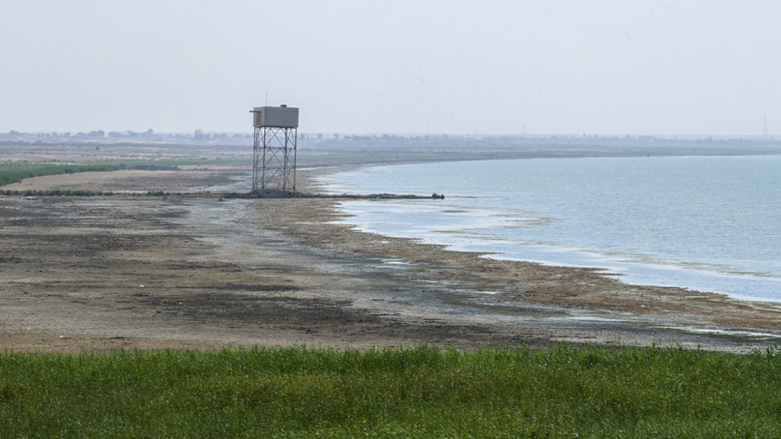Drought threatens Iraq's tourism sector

ERBIL (Kurdistan 24) – In the wake of a severe drought, Habbaniyah Lake in Anbar province has lost 80 percent of its water and threatens to disappear as one of Iraq's most prominent tourist attractions.
Those living around Habbaniyah Lake say Iraqi rivers will soon dry out if the situation continues and the authorities do not find a solution with the Turkish government.
“Habbaniyah Lake was once considered one of the largest artificial tourist lakes in the region, but now it is at risk of destruction,” said Suda Zeid, spokesperson for the Habbaniyah Lake media office.
Zeid also added that due to their dependence on Habbaniyah Lake for irrigation, the Angur and Majari areas on the opposite side of the lake are also significantly affected.
Since 2020, the water crisis in the country has been exacerbated by a severe drought, which has resulted in less than average rainfall, leading to drastic water shortages, drying up of rivers and depletion of groundwater and soil moisture.
Moreover, a Aug. 2021 UNICEF report stated “the 2020-2021 rainfall season was the second driest in the last 40 years, causing a reduction of water flow in Tigris and Euphrates by 29% and 73% respectively.”
These droughts have caused a severe shortage of water for irrigation and domestic use, leading to the destruction of crops, displacement of people, and consequently, increased poverty.
Baghdad has frequently squabbled with Turkey and Iran over the siphoning of its water resources by several dams on its borders with the two neighbors.
In the 1980s, Turkey commenced a $32 billion dam-building project called “GAP” (“Güneydogu Anadolu Projesi”). The project has currently resulted in the construction of 22 dams and 19 hydroelectric power plants along the Euphrates and Tigris Rivers that have allegedly siphoned water away from downstream flows.
